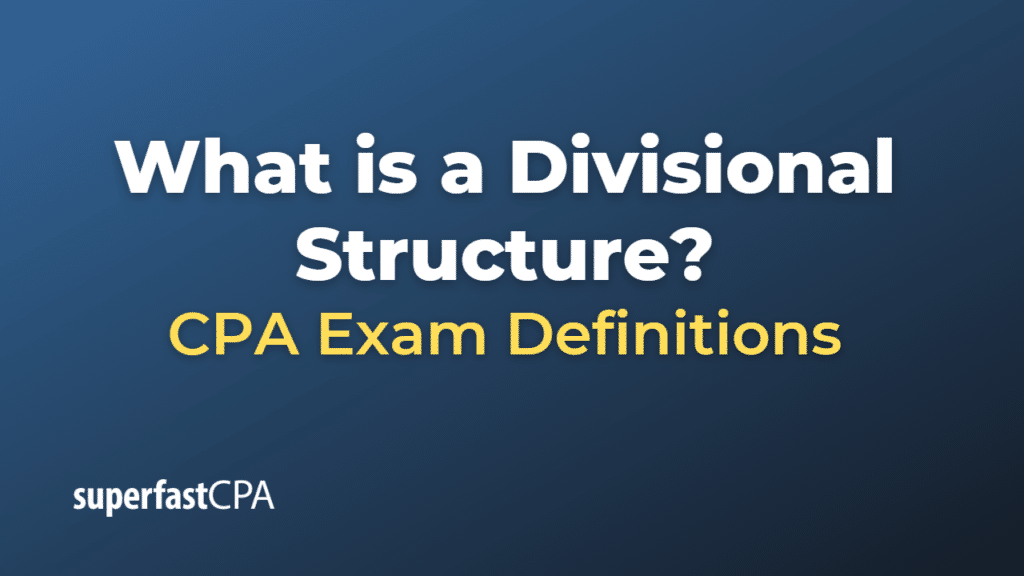Divisional Structure
A divisional structure, also known as a “product structure,” is a type of organizational structure where operations are grouped based on divisions or units. Each division typically operates as a separate, self-contained entity, with its own resources and functions such as HR, finance, marketing, and so on.
Divisions can be based on several factors:
- Product Line: Divisions are formed based on the different types of products that the company offers. For example, a tech company might have separate divisions for its hardware, software, and cloud services.
- Geographical Location: Divisions are formed based on the geographical areas where the company operates. For instance, a multinational corporation might have divisions for North America, Europe, Asia, etc.
- Market or Customer Type: Divisions are formed based on the different types of customers the company serves. A company might have separate divisions for individual consumers, small businesses, and large corporations.
In a divisional structure, each division usually has a high degree of autonomy, with a division manager who acts somewhat like the CEO of their division, making decisions regarding product development, marketing strategy, hiring, and more. This structure can be beneficial for large companies that operate in diverse markets or geographical areas, as it allows each division to be flexible and responsive to its specific market conditions.
However, the divisional structure also has potential drawbacks. It can lead to duplication of resources and efforts, as each division maintains its own functional departments. It can also lead to competition or lack of cooperation between divisions. And it can be more costly to operate, compared to more centralized structures.
Example of a Divisional Structure
A good example of a company with a divisional structure is The Walt Disney Company.
Disney operates through a variety of distinct business segments, each of which could be considered a division:
- Media Networks: This division encompasses a vast array of broadcast, cable, radio, publishing, and digital businesses across two segments — the Disney/ABC Television Group and ESPN Inc.
- Parks, Experiences and Products: This division includes Disney’s iconic parks and resorts, including Disneyland in California, Walt Disney World in Florida, as well as Disney’s international resorts in Paris, Tokyo, Hong Kong, and Shanghai. It also covers Disney Cruise Line, Disney Vacation Club, and the wide array of Disney merchandise.
- Studio Entertainment: This division includes the company’s film, music recording label, and theatrical divisions. Famous subsidiaries such as Walt Disney Studios, Marvel Studios, Pixar, Lucasfilm, and 20th Century Studios fall under this division.
- Direct-to-Consumer & International: This division is responsible for the operation of Disney’s various streaming services including Disney+, ESPN+, and Hulu, as well as overseeing Disney’s international operations.
Each of these divisions operates somewhat independently, with its own resources and management, and is responsible for its own profit and loss. This structure allows each division to focus on its specific market and customer needs, while still contributing to the overall success of The Walt Disney Company. However, it’s important to note that overarching strategic decisions are still made by Disney’s top corporate leadership.













